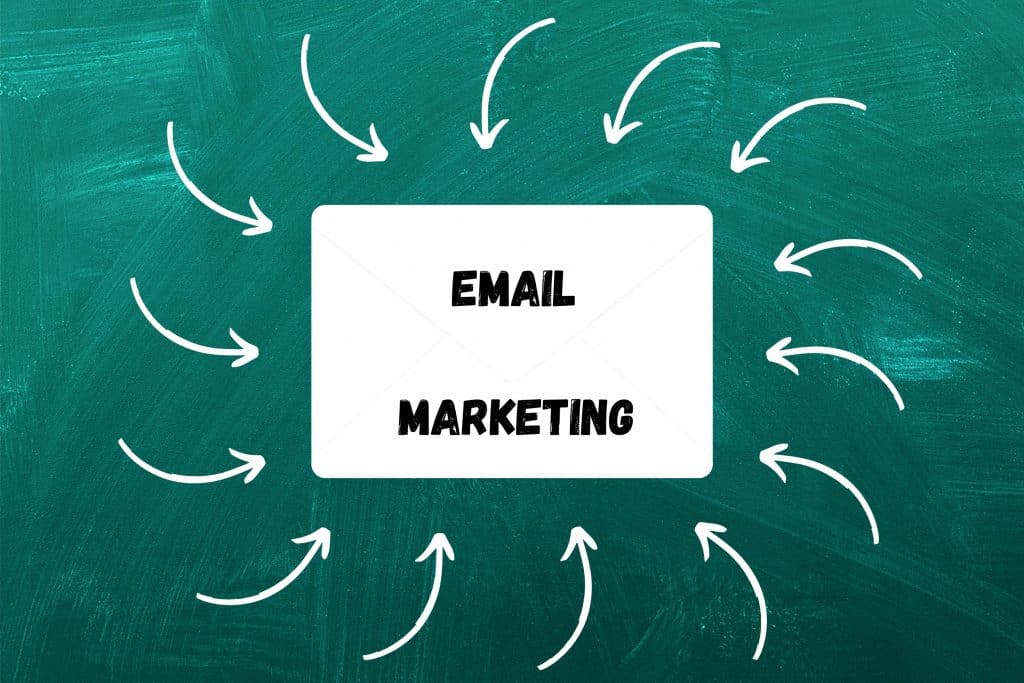Marketing goals examples
Marketing is your friend, not your foe. Its meaning evolved with the evolution of the Internet and when social media took over our lives, hours, and interests, having a marketing plan became crucial to any sale’s plan. Still, with all the accounts with billions of followers, with perfectly edited images, and with shiny brands, having realistic yet ambitious objectives is the best strategy.
Having a plan for your digital marketing strategy and executing it will lead you to success. Know your brand, know your product, and your team: that’s how you win. How can you set and achieve your company goals?
What are marketing goals?
They are the objectives you set for your brand and that will lead you to achieve your targets. You can measure your reach and success through statistics and analytics. Your starting point is where you are now.
How many email subscribers do you have? How many customers does your content strategy reach now?

Short term goals
These can be your monthly goals. You can create and set weekly social appointments for your customers, such as publishing a video every Friday. Your email marketing is just as important, so you should decide how many newsletters you’d like to send out and when.
Make them an appointment too (for example every 16th of the month) and add something special to all of them (for example an offer or a quote) to make sure your target subscribers look forward to your company’s emails. Remember: all you can set to reach your goal and increase your customer interest and engagement must be done. This is the most important part of your social marketing strategy.
Long term goals
These business goals should be the next six months or year. In that lapse of time, how many customers do you want to reach with your marketing strategy? If you have a business Instagram profile, how many organic followers do you want in one year?
You should ask those same questions for your email marketing and every social profile you have, creating an effective narrative. Deciding what type of people you want to reach and the number of people you want to reach, and studying these analytics as you go, will help you achieve your company’s long term goals.
Essentially, knowing your target will help achieve your objectives.
Set smart goals
Once again, not everyone can reach millions of followers or have thousands of email subscribers. Your marketing goals should be:
Realistic
Be aware of how many customers you can reach, based also on geography. Be realistic about your time, your budget, as well as the people who are interested in your market. Set a realistic objective.
Specific: decide who you want to reach, the percentages, and how you want to do it. Be specific about your content too, making it consistent and with as much detail as possible. Be specific with the outcome too, such as traffic to your page.
Measurable
Organic numbers alone won’t give you an idea of your strategy’s effectiveness. Instead, research and study statistics and examples for a better analysis that reaches your target. Analytics change over time and they depend on the digital platforms your company uses, so make sure you check (and change them, if needed) regularly.

Never lose sight of why you are putting so much energy in your marketing and why you are creating a social plan in the first place. While tracking the efficacy of your goals might be time consuming and sometimes frustrating, always remember why you are doing it. In the end, you are doing to boost brand awareness, to boost the sales of your company, and to improve your numbers. So make sure you are always pitching your business in your posts and emails.
Brand Awareness
When this marketing goal is successful, people will recognize your business’ name. New customers will look you up and returning customers will leave starring reviews, creating even more opportunities. Brand awareness means that, in your market niche, everyone knows who you are. This is the most important marketing’s goal to increase the number of loyal customers or users.
How can you achieve this business goal? Your digital marketing strategy is essential.
The socials decisions
After you’ve set on a logo, you need to decide what media you will use for your business. Having a focused website that is constantly updated is important, but so is selecting the social media platforms. You can’t be on all of them because it’s not time efficient nor is it smart because visitors won’t know where to look. Your goal is to select a few and use your time to promote your business in a targeted way. Focus on a few channels and set your goals around them.
This is true when you work alone. When your company allows you to create a team to work on your social strategy, then, setting more ambitions visibility goal allows you to increase drastically your business’ visibility.
The tone and style
Is your brand fun and sociable? Or is a B2B company? Depending on who you are and what you do, you should set a tone for your marketing goals and avoid changing them. The same rule goes for style. You can focus on a color palette or on a few specific fonts, to make your social media profiles consistent. This is a smart way to be recognized instantly by your customers or followers.
Your menu
Make sure the people know what you are selling or what you are offering. You should always have a clear and updated list of your products and services, to make sure visitors know your niche. It should have its own dropdown in your website and it should be pinned or linked at the top of your social media profiles. Make it both visible and easy to reach.
The analytics
This is helpful data to set your business and marketing objectives. These metrics are useful both when you are setting your digital marketing plan and after, to analyze the results -and perhaps make some adjustments. This is the best way to analyze if you reached your marketing goal.
Before
What type of users do you want to reach and where do they live? Know your customer! Depending on your market niche, you might want to focus female rather than male or on retired people rather than teenagers. Knowing who you want your customers to be will help you set your tone, decide what platforms to focus on, what style to follow, and at what time you should post your content. Finally, they can help you decide how to set your website.
After
As you implement your marketing strategy and goals, the analytics will tell if you are going the right way with both your social media and your website. Are you actually reaching the people you want to? Socials such as Instagram, Facebook, and Pinterest offer this data to business profiles. You can see information such as where your followers are from, at what time your posts reach the most people, and which one is the most clicked.
How to track your success
While the analytics help you understand your customers and they can help you adjust the goals of your digital marketing strategy, tracking your success is another story.
The question is: are your media long term goals working? Is your content driving traffic to your website and raising your brand awareness?
This is when Key Performance Indicators (KPIs) come handy to understand your customers’ reactions. They measure the outcome of your marketing plan and they tell you if you are achieving your business objectives. They can help you track both your short and long term goals if you check them through time.
Incremental sales
If you have seen a boost in purchases of your products and services, you can track the success to your marketing strategy through the metrics of your sales. Customers are seeing your content at the right time and you are focusing on the right people, which translates into sales-qualified leads.
These leads often translate into a business revenue, although they might just indicate something else, for example that customers are saving your product for later purchase.
The Emails
Keeping in mind that your email marketing is just as important as your social strategy, a successful plan leads to more email subscriptions and more open emails -your company’s goal indeed.

Modern tools allow you to see how many of your subscribers have actually opened your newsletter and a spike in this data entails a boost in traffic. Increased subscriptions aren’t enough, if customers aren’t opening your emails.
Increase of website traffic
Your website is an important tool for the success of your marketing strategy. Once again, use the analytics to find out your trend. More visitors to your website isn’t necessarily an indicator of success. In fact, the important data is another.
For example, how much time customers spend in your website or if they go beyond the homepage. If customers are visiting your online shopping and actually purchasing a product, then your marketing strategy is a true success.
Customer retention
So, you have generated sales and traffic with your content, now it’s time to maintain those results. New customers are good for your company, but once-time customers aren’t beneficial in the long term.
The new customers should become returning ones and eventually turn into trusted customers -members, even.
If you are able to retain at least 50 percent of all new customers, then you are successful.
The news knocks
If the media calls you for an interview, a quote, or for a feature, then you know that your content is reaching the right customers. In fact, it’s generating so much traffic that it caught the news’ attention, an ambitious yet achievable goal.
This is not just a success indicator, but an opportunity to expand your market. Being in the news will give visibility to your company and help your brand, even if it’s just a few paragraphs in the local newspaper.
Make sure you take full advantage of this marketing opportunity to generate even more traffic.
Conclusion
Having clear marketing goals before enacting your digital plan is crucial to realize your business goals. Designing a strategy takes time and so do the results, so patience is key. In the end, clarity, flexibility, and consistency will ensure a victory for your company.